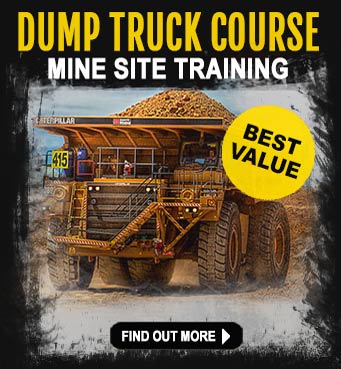Oversupply of iron ore does not worry Rio Tinto
Despite a declining iron ore price and the slowdown in demand from China, Rio Tinto’s CEO Sam Walsh came out swinging in a recent interview stating that in his opinion commodity markets must remain open as the debate over Rio Tinto’s iron ore strategy continues to create a tsunami of opposition.
Speaking at a conference in Korea, Walsh said,”There is a temptation to be parochial, to believe that artificial and temporary barriers will alleviate the pain of awkward transition “� when to the �contrary, being parochial may delay necessary change or amplify the response required”.
“We can see such requests and pleas for new barriers, from some in government and some in business.”�
It’s no secret that the iron ore mining in Australia has seen the wave of of new mine development teeter off as we wash through the phenomenal growth cycle of the last 3 years.
Walsh was very cautious about his direct reference to Rio Tinto as he made his address. The stouch between rival iron ore miner Fortescue Metals Group Andrew Forrest is fresh on the mind of Rio Tinto as Forrest continually takes a swipe at the big miner for increasing its production, creating an oversupply in the market and forcing other junior iron ore miners out of the mining game.
So here we are in May 2015 and iron ore prices down to around $US57 a tonne. Mining company BHP hinted on deferring its iron ore mining growth in the Western Australian Pilbara; whereas Brazilian based Vale announced plans to cut back sone 30 million tonnes of production to stem the issue of over-supply in the global markets.
The main issue is that Rio Tinto is refusing to do the same as BHP and Vale which has made FMG’s Andrew Forrest see red!
Forrest accused Rio of placing Australian living standards at risk because of their recalcitrant actions, going on to say that the company was driving down prices by continuing to publicly talk up its iron ore expansion plans.”I would like Australia to know when the sovereign credit rating is threatened, when standards of living do fall, when deficits grow, and surpluses are pushed further out, you can look at what has been pulled out of the Australian economy by this predatory volume behaviour attitude of the British-based Rio Tinto.
“It`s the damage done by the nauseatingly repetitive, hairy-chested statements that show complete disregard for the interests of their host nation “� that they`re going to be the last man standing, that they`ll expand at any price.
“In London, you`re not going to feel that ill wind, you`ll just look at Australia like it`s a chess board “� and not that it`s full of very real people with jobs, mortgages, homes and aspirations and the unnecessary unemployment and damage to business.”�
However Walsh said despite iron ore`s falling price, new growth in the Asian region was strong enough to support Rio`s stance on increasing production quota.
“Iron ore will remain the backbone of Asia`s infrastructure needs and in copper the world will need another four to five million tonnes of new supply by 2025.”�
“Focusing myopically on monthly Chinese trade data as a proxy for global growth, or the daily machinations of the iron ore price on a trading screen, can mask so many things,”� Walsh said.
Forever focussing on the shareholder approval rating, Rio continues to argue that it is in the best interest of its shareholders and stakeholders that huge volumes of iron ore are to be continually placed onto the market.
If Rio does not continue with this action, they are under pressure from other iron ore mining companies in Australia and overseas to fill the gap. Placing an emphasis on the fact that because Rio operates in Australia, the commonwealth could miss out on valuable taxes and royalties.
All of this activity and decisions at the boardroom level, have a run-off effect on the workforce.
We have witnessed iron ore prices dive from around $130 a tonne to $57 a tonne in about 12 months. It does not take much to realise this puts pressure on jobs and managers are faced with the prospect of cost cutting throughout the entire mining operations.
WA mine workers flee to eastern states
At iMINCO, the phone have been ringing hot from WA workers who are looking to return to the Eastern seaboard to find work in coal mining in Queensland. They see better opportunities over in Queensland as iron ore jobs are cut back in the iron ore state.
Many workers have the experience, but lack the essential qualifications that make them more employable in QLD. For instance, the safety training for mine workers in Queensland is very different from that of WA mine workers.
The Queensland government introduced the�Standard 11 mining induction qualification to allow workers of all ages and experience to be inducted into the industry by way of delivering a WH&S training course. The course covers many areas of safety, processes and procedures to be followed whilst working on-site.
These processes concentrate on risk awareness, reporting, action and management. The Standard 11 has saved countless lives of mine workers in the Sunshine State, although many mine workers still think they don’t need a Standard 11.
Stay up to date with the latest mining news by getting your weekly iMINCO Project News email newsletter delivered to your email inbox.


